Eid Al-Adha 2018: Everything you need to know
Next week, Muslim women will don intricately embroidered outfits, families will come together to feast on cultural specialities and gifts will be exchanged as Muslims across the world celebrate Eid al-Adha, the most important festival in the Islamic calendar.
The event, also known as the “Feast of Sacrifice” is the second of two holidays celebrated by Muslims each year and considered holier of the two, hence its nickname “Big Eid”.
What is the difference between the Eid al-Adha and Eid al-Fitr?
The other, Eid al-Fitr translates from Arabic as the “festival of breaking the fast”. It took place earlier this year and marked the end of a month of fasting as Ramadan came to a close.
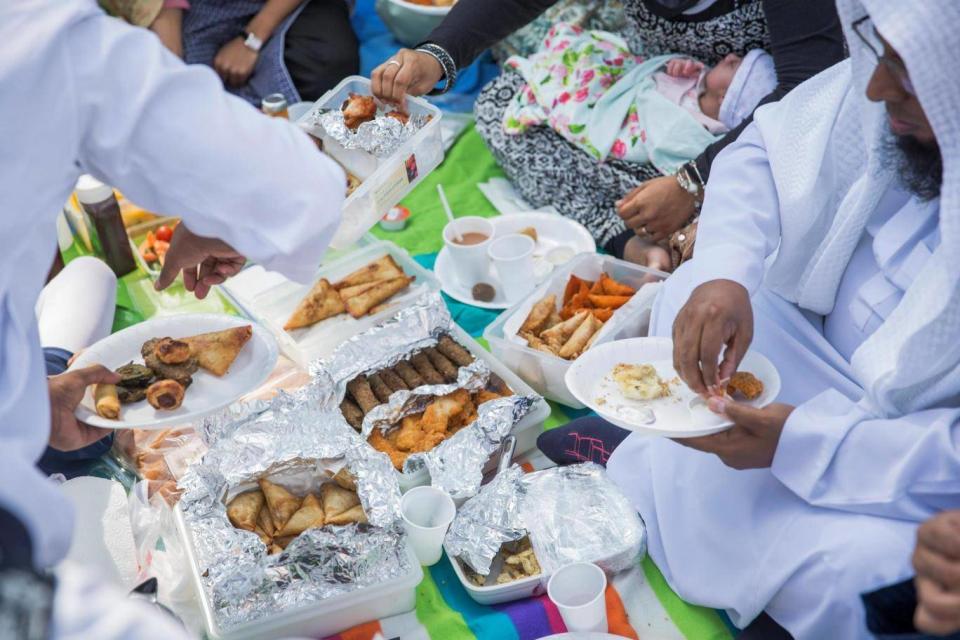
When is Eid al-Adha and how is the date decided?
Islam follows the lunar calendar which is based on phases of the moon. This means, that in comparison to the Gregorian equivalent, the dates vary from year to year, drifting approximately 11 days earlier annually. Eid al-Adha falls on the 10th day of Dhu al-Hijjah, the 12th and most sacred month of the Islamic year. It is also when Hajj, a pilgrimage which all able-bodied Muslims are required to complete once in their lives, takes place.

In the UK, Eid al-Adha will begin in the evening of 21 August and end on the evening of 25 August. Most Muslims across the country will be celebrating on the 21st but traditionally these celebrations lasted four days. In many Muslim countries, three national public holidays have been announced.
What is the significance of Eid al-Adha?
The origin of Eid al-Adha dates back to the story of the prophet Ibrahim, as told in the Quran. After years of longing for a child, Ibrahim and his wife were given a son in their old age. But, as a testament to his love for Allah, Ibrahim was asked to sacrifice him.
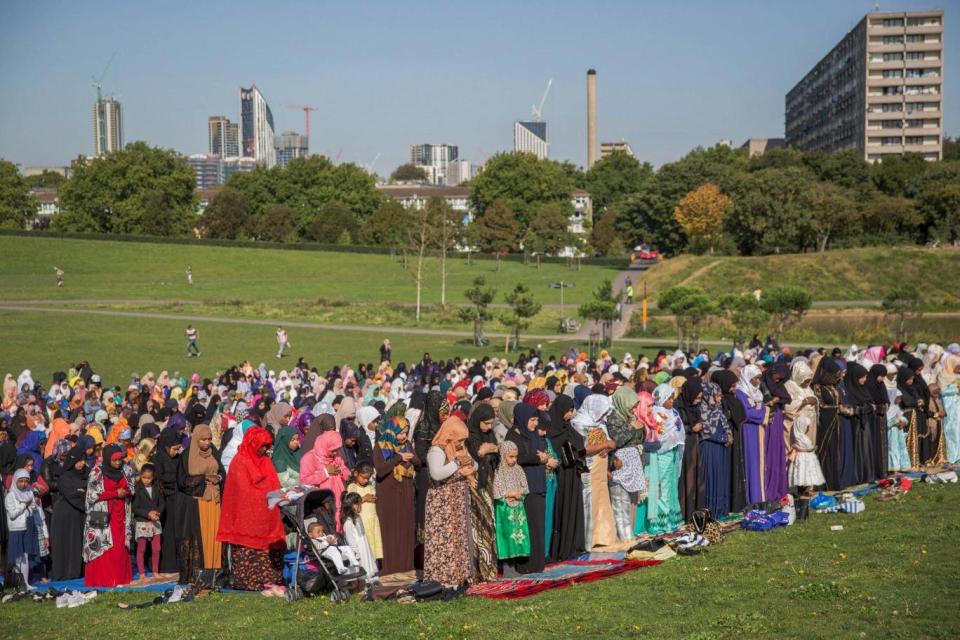
The couple travelled to Mecca to carry out the task. On their journey, they were repeatedly met by Satan who tempted them to break their promise to God, but they threw stones at him to drive him away. Similarly, in Hajj, as part of the pilgrimage stones are thrown at symbolic pillars, an act known as ‘stoning of the devil’, in commemoration of the couple’s rejection of Satan.
However, before the blindfolded Ibrahim could carry out the sacrifice, Allah replaced his son with a ram in a fraction of a second, which was slaughtered instead. In celebration of Ibrahim’s love for god and this ultimate act of devotion, Muslims honour this by sacrificing an animal on Eid al-Adha every year.
What happens to the sacrificed animal?
Animals typically sacrificed are lamb, goat and cow. The animal is divided into three parts. One third is given to the poor, one is divided amongst relatives and the remaining third is cooked and eaten by the family. This is how the festival gets its alternative name “Feast of Sacrifice”.
How will people be celebrating? What traditions take place around the world?
Although traditions tend to differ from family to family, in most places around the world Eid is celebrated in a similar fashion. In the morning, Muslims read “Salat al-Eid”, a special prayer offered to honour the festival. This is then followed by the sacrifice.
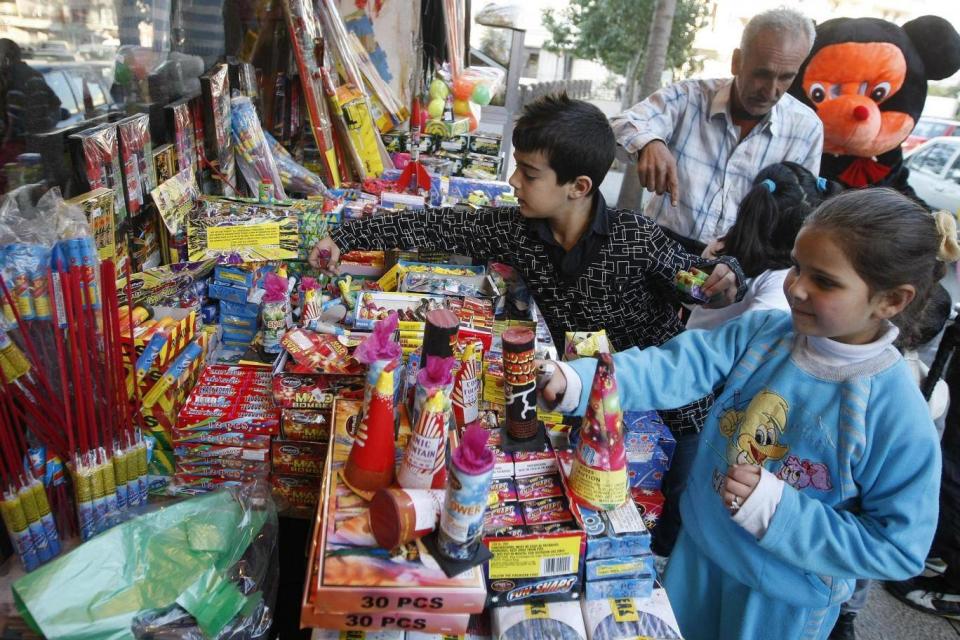
Traditionally, this meat is then taken to the houses of one’s relatives. Here in the UK, Muslims will spend the day visiting their loved ones, going to different family houses throughout the day or getting together in one place. Either way, it’s about being together and eating!
Are there gifts?
Yes. Muslims will exchange gifts, as well as give money to children and to the poor.
What do people wear?
Depending on the culture and heritage, different outfits will be worn. While in Nigeria, men wear an Agbada, a flowing wide-sleeved robe and men in Gambia will wear similar Kaftans, in South Asian cultures men and women wear the traditional outfit Shalwar Kameez. In South Asian cultures, henna is applied to the hands and feet to celebrate the festival. When getting ready for the day, women also wear bangles, which were traditionally made of glass.
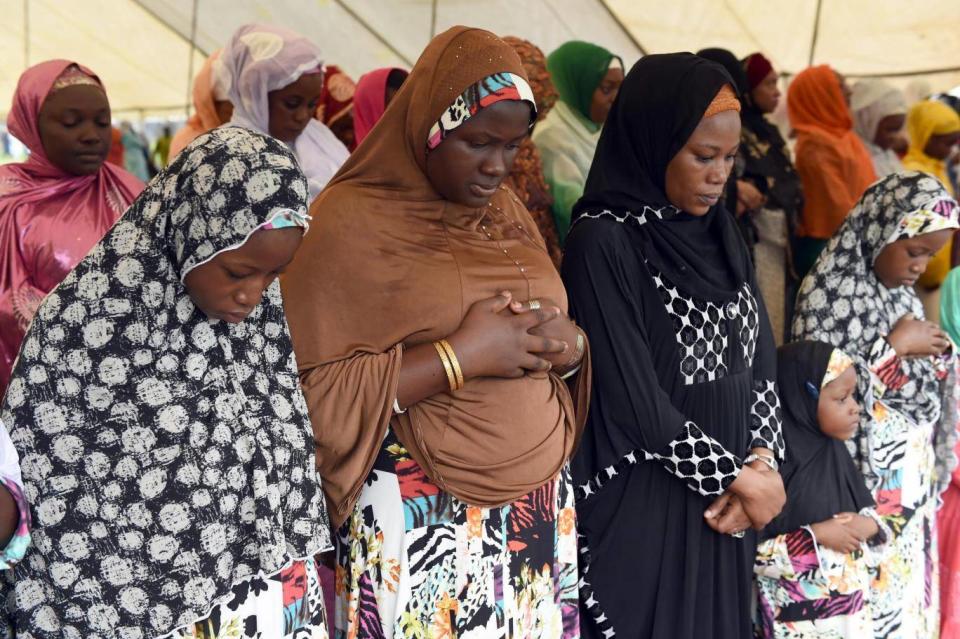
What food is eaten on the day of the ‘Feast of Sacrifice’?
Like clothing, food on the day varies. What is common in most places around the world, is the presence of red meat from the sacrifice made earlier in the day which is often roasted, barbecued or made into a curry. In honour of the name, a feast is served which usually features an array of meats, curries, rice dishes as well as fried savouries such as samosas and plenty of traditional desserts and sweets.
In Middle Eastern cultures, one traditional dish which is eaten by many is Maqluba – meat, rice and fried vegetables are cooked together in a pot, and then flipped upside down when served.
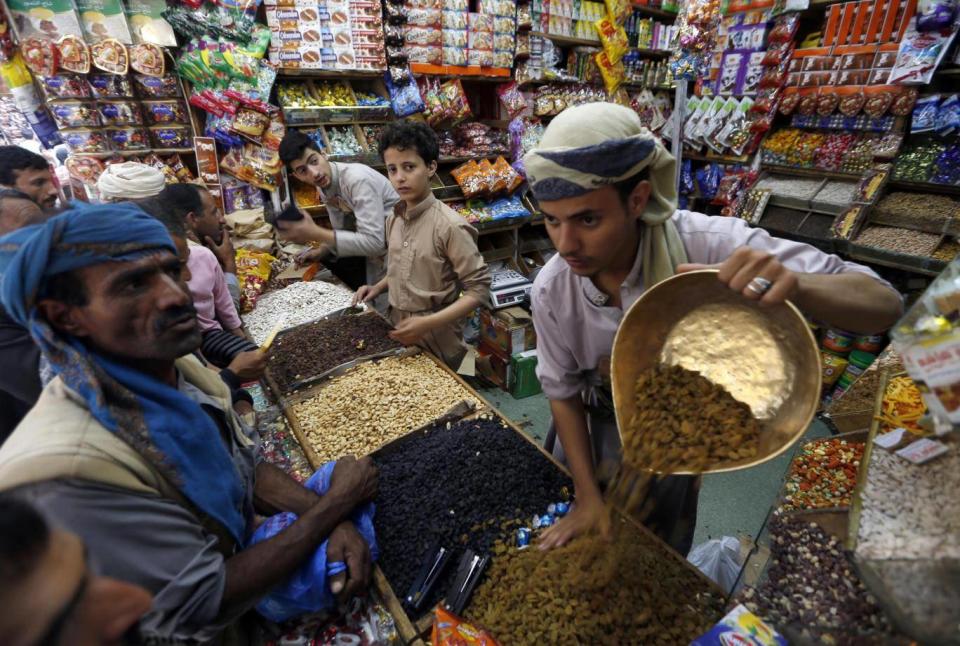
Filled pastries and cookies made with dates and nuts, named Ma’amoul are also eaten. In many South Asian households, upon returning from Eid prayer, a breakfast of Vermicelli Seviyan is served, which is made by cooking the thin wheat pasta with butter, milk and sugar.
How do I wish someone a happy Eid?
The phrase most commonly used is “Eid Mubarak’, which translates as Blessed Eid and is used by Muslims across the world to greet one another on the day.

